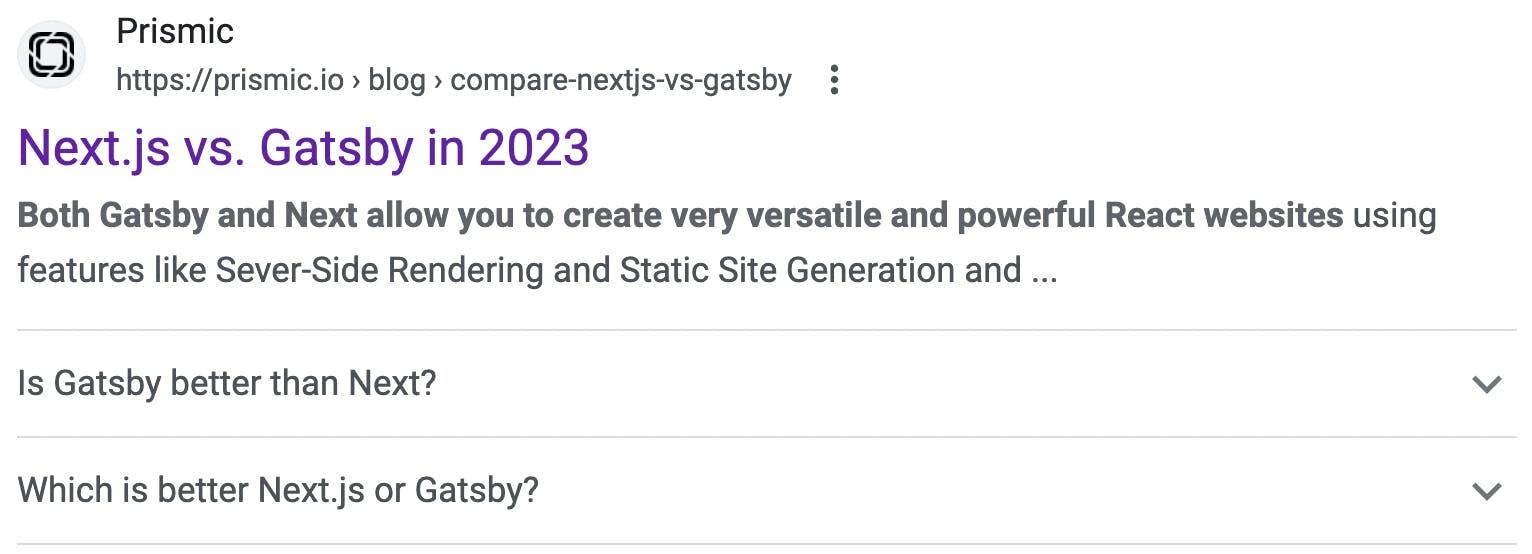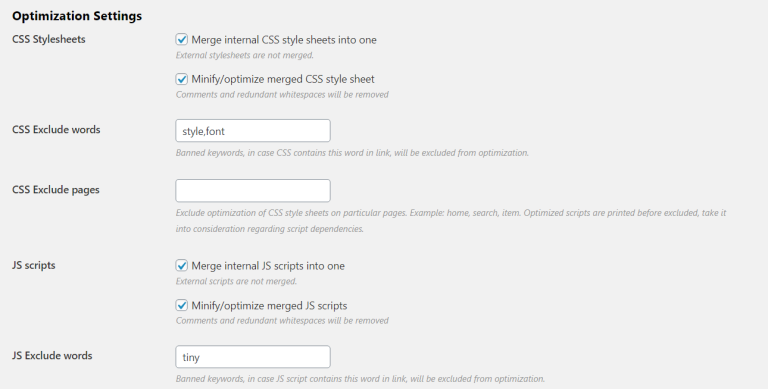
Introduction
In the ever-evolving world of SEO, staying ahead means leveraging every tool at your disposal. One such powerful tool is Article Schema Markup—a form of structured data that helps search engines better understand and display your content. By implementing this markup, you can significantly enhance your website’s visibility in search results, leading to higher click-through rates (CTR) and improved rankings.
This article will guide you through what Article Schema Markup is, why it matters, and how to implement it effectively. Whether you’re a seasoned SEO professional or just starting out, understanding and using structured data can make a world of difference in your online presence.
What Is Article Schema Markup and Why It Matters
Article Schema Markup is a type of structured data that provides search engines with detailed information about an article on your website. This includes elements like the headline, author, publication date, and main image. By using this markup, you help search engines understand the context and relevance of your content, which can lead to better indexing and richer search results.
For example, when you use Article Schema Markup, your articles may appear in rich snippets, which are enhanced search results that include additional details like star ratings, images, and summaries. These rich snippets not only make your content more attractive but also increase the likelihood of users clicking through to your site.
According to recent studies, websites that utilize schema markup see a significant boost in CTR and organic traffic. This is because search engines prioritize content that is well-structured and easy to understand. In a competitive digital landscape, using Article Schema Markup can give you a crucial edge over your competitors.
How Article Schema Markup Impacts SEO Performance
The impact of Article Schema Markup on SEO performance is multifaceted. Here are some key ways it influences your search engine optimization:
1. Improved Search Engine Rankings
While schema markup itself isn’t a direct ranking factor, it enhances how search engines interpret your content. This clarity often leads to better rankings because Google can confidently display your content to relevant searches.
2. Rich Snippets and Enhanced Search Results
With Article Schema Markup, your pages could appear as rich snippets in search results. These enhanced entries stand out from regular text links and can include:
– Headline and summary
– Author name and profile
– Publication date
– Main image
These additional elements make your search results more clickable, increasing the chances of users visiting your site.
3. Better Indexing and Crawling
Structured data makes it easier for search engines to crawl and index your website. Google can easily identify key elements of your content, making the indexing process smoother and faster.
4. Enhanced User Experience
By providing clear and concise information in search results, you improve the user experience. Users can quickly find the information they need, which can lead to higher engagement and lower bounce rates.
Step-by-Step Implementation Framework
Implementing Article Schema Markup doesn’t have to be complicated. Follow these steps to get started:
1. Define or Audit the Current Situation
Before you begin, audit your current website to identify which pages would benefit most from Article Schema Markup. Focus on blog posts, news articles, and other content that could gain from rich snippets.
2. Apply Tools, Methods, or Tactics
Use tools like Google’s Structured Data Markup Helper or plugins like Rank Math or Yoast SEO to generate and implement the schema. These tools simplify the process and ensure accuracy.
3. Measure, Analyze, and Optimize
After implementing the markup, use Google Search Console and Google Analytics to monitor its performance. Track metrics like CTR, bounce rate, and session duration to see how the rich snippets are impacting your traffic.
Tools to Consider:
– Google Search Console: Monitor the health of your structured data.
– Google Analytics: Track user behavior and the impact of rich snippets.
– Schema Testing Tool: Validate your markup to ensure it’s error-free.
Real or Hypothetical Case Study
Let’s look at a hypothetical case study to see how Article Schema Markup can transform a website’s performance.
Scenario: A tech blog, TechInsights, decides to implement Article Schema Markup on their latest blog posts.
Implementation Steps:
1. Audited their existing content and identified high-performing articles.
2. Used Rank Math to add Article Schema Markup to each post.
3. Focused on including key elements like headlines, authors, and images.
Results:
– CTR increased by 35% within three months.
– Organic traffic grew by 20% due to richer search results.
– User engagement metrics improved, with a 15% reduction in bounce rate.
This case study highlights the tangible benefits of implementing Article Schema Markup, showing how it can directly impact a website’s performance.
Tools and Techniques for Article Schema Markup
To effectively implement Article Schema Markup, consider using the following tools:
- Rank Math: A powerful WordPress plugin that simplifies schema implementation.
- Yoast SEO: Another popular plugin that offers schema markup options.
- Google Structured Data Markup Helper: A free tool that guides you through the process of creating schema.
- Schema Pro: A premium plugin for advanced schema features.
- JSON-LD Generator: A tool that helps create JSON-LD code for your content.
- Google Rich Results Test: A tool to validate your schema markup.
Each of these tools has its own strengths, so choose the one that best fits your needs and technical expertise.
Future Trends and AI Implications
As AI continues to shape the future of search, the role of structured data like Article Schema Markup becomes even more critical. With the rise of Search Generative Experience (SGE) and voice search, search engines are increasingly relying on structured data to provide accurate and relevant results.
Future trends suggest that AI-powered search will prioritize content that is well-structured and easy to parse. This means that websites using Article Schema Markup will be better positioned to rank in these new search formats.
To stay ahead, focus on:
– Optimizing for voice search by ensuring your content is conversational and informative.
– Leveraging SGE by structuring your content to align with AI-generated summaries.
– Continuously updating your schema markup to reflect changes in your content.
Key Takeaways
- Article Schema Markup is a powerful tool that enhances search visibility by providing structured data to search engines.
- It improves click-through rates, user engagement, and search engine rankings.
- Implementing it involves auditing your content, using the right tools, and monitoring performance.
- The future of SEO is closely tied to structured data and AI-driven search, making it essential to stay updated.
By incorporating Article Schema Markup into your SEO strategy, you can unlock new opportunities for growth and visibility in the competitive digital landscape.
Meta Title: Article Schema Markup — Boost Search Visibility with Structured Data
Meta Description: Learn how Article Schema Markup enhances search visibility, improves rankings, and drives traffic through structured data.
SEO Tags (5):
– Article Schema Markup
– Search Visibility
– Structured Data
– SEO Strategy
– Rich Snippets
Internal Link Suggestions:
– [Parameter #1: Search Intent Alignment]
– [Parameter #5: Content Clustering]
– [Parameter #12: PAA Question Targeting]
External Source Suggestions:
– Schema.org
– Google Structured Data Markup Helper
– Rank Math Documentation









